Flying used to mean going completely offline for hours, yet those days are fading fast. Budget airlines have caught on that passengers want to stay connected — whether it’s for work, entertainment, or just keeping up with social media while cruising at 30,000 feet. The good news is you don’t have to break the bank to get both affordable flights and internet access.
Gone are the days when only premium carriers offered Wi-Fi services. Here’s a list of 17 budget-friendly airlines that have embraced the digital age and offer Wi-Fi to keep you connected during your journey.
Southwest Airlines
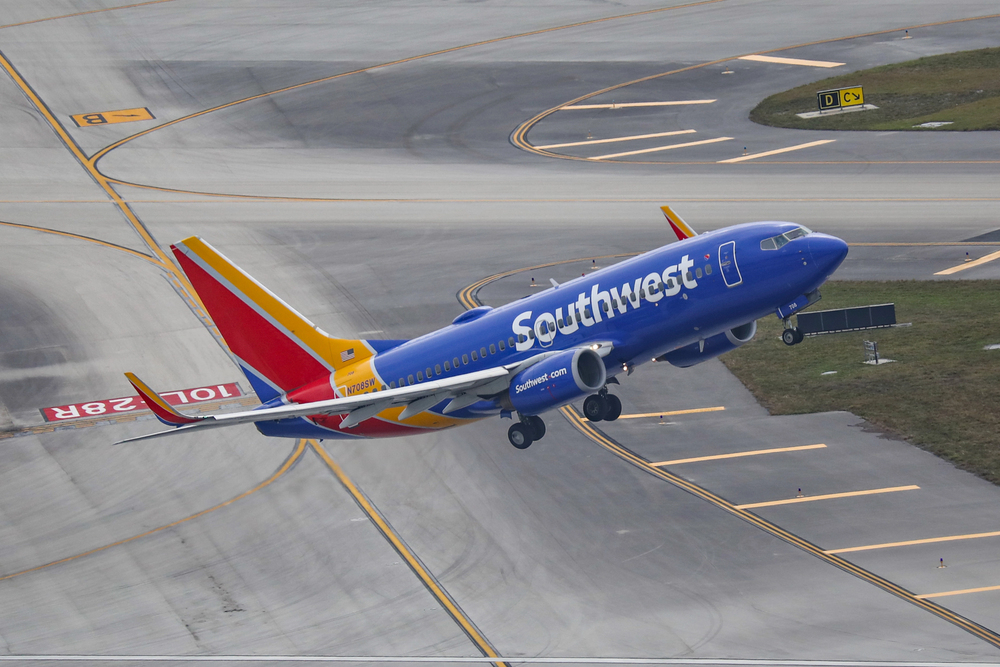
— Photo by adameq2
Southwest has become a Wi-Fi pioneer among budget carriers — offering free internet access on most of their domestic flights. Their connection’s fast enough for browsing, checking emails, and streaming content without those annoying buffering delays that make you want to throw your device out the window. The airline rolled out this service across their entire domestic fleet, making it one of the most reliable options for staying online while flying. Think of it as your living room internet, though with a much better view outside.
JetBlue Airways
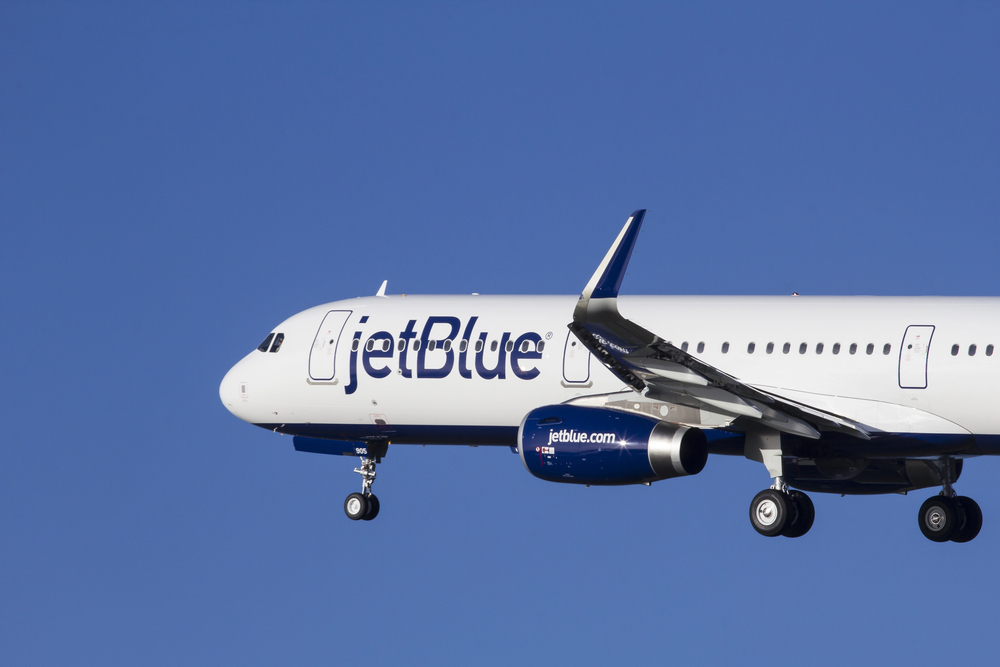
— Photo by kunertus
JetBlue was actually one of the first airlines to offer free Wi-Fi, and they’ve stuck with that customer-friendly approach ever since. Their ‘Fly-Fi’ service covers the entire aircraft — working well for everything from video calls to downloading large files. The connection speed rivals what you’d get at a decent coffee shop, which seems pretty impressive considering you’re hurtling through the sky at 500 miles per hour. They’ve made internet access as standard as peanuts used to be on flights.
Spirit Airlines
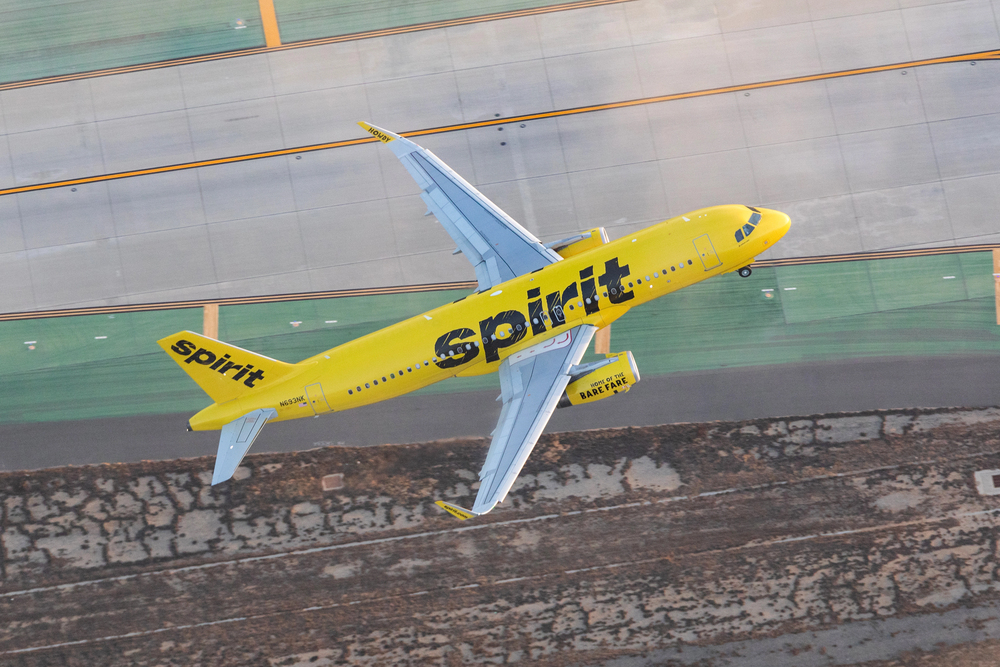
Spirit might charge for everything else, yet they do offer Wi-Fi packages that won’t completely drain your wallet. Their service works well for basic browsing and social media, though streaming might be hit or miss depending on how many people are online at once. The pricing typically runs around $3–$10 per flight — not too shabby when you consider some full-service airlines charge twice that amount. It’s like getting budget internet to match your budget flight.
Frontier Airlines
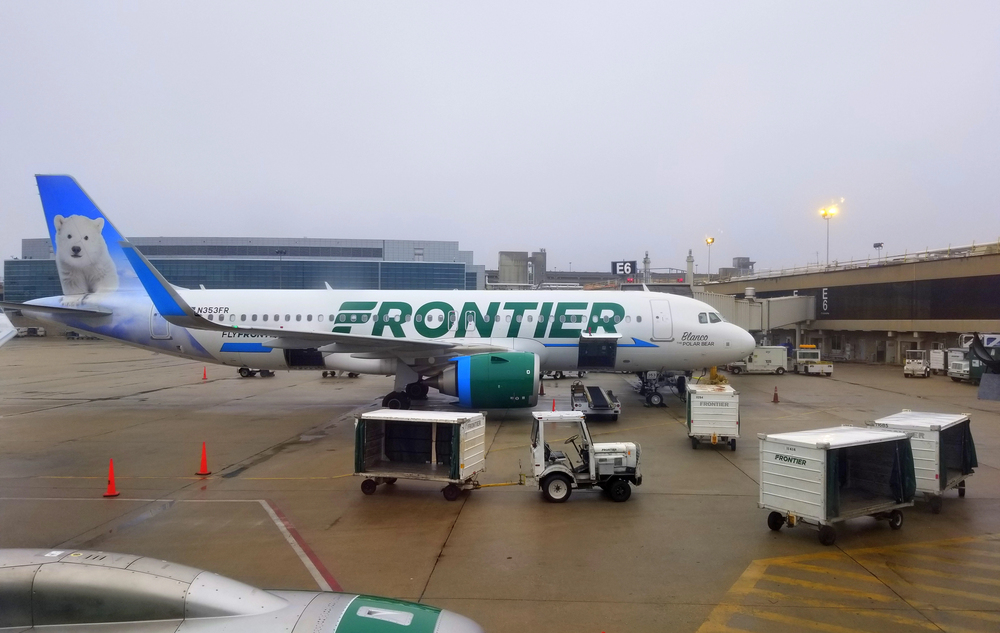
— Photo by khairil77
Frontier provides Wi-Fi through their ‘Stretch Wi-Fi’ service, and the connection quality has improved significantly over the past few years. You can choose from different packages depending on whether you need basic browsing or full streaming capabilities for that long cross-country haul. Their pricing usually falls between $3–$8 per flight — making it accessible for most travelers who need to stay connected. The service covers their entire route network, so you won’t be left hanging whether you’re flying coast to coast or just hopping between nearby cities.
Allegiant Air
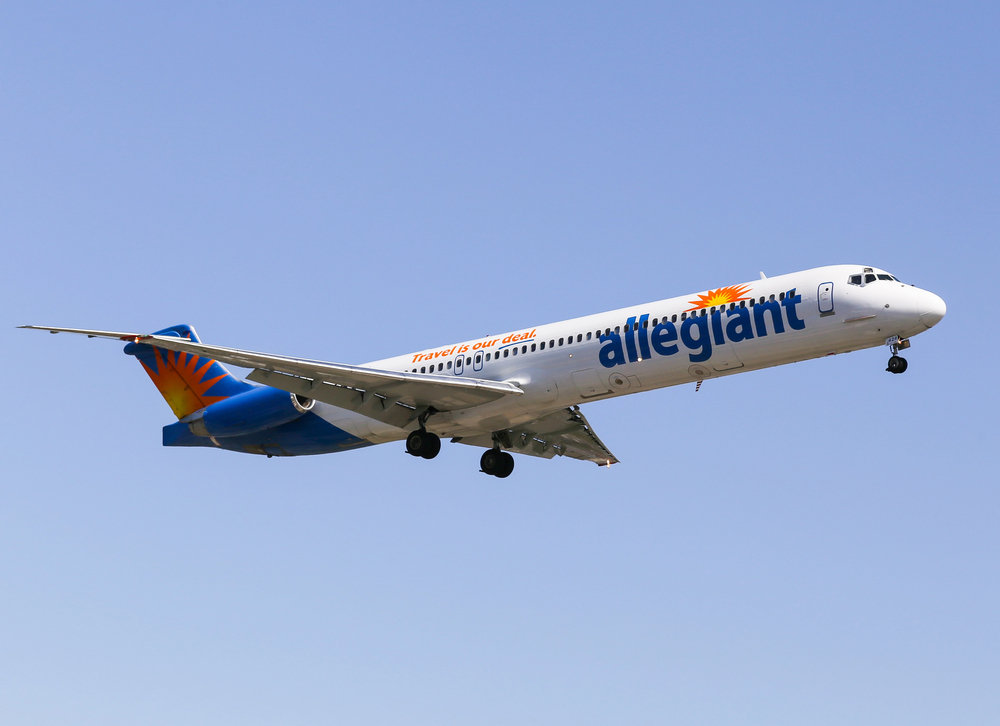
Allegiant offers Wi-Fi on most of their fleet, though availability can vary depending on the specific aircraft you’re flying. Their service is reasonably priced and works well for checking emails, browsing websites, and light social media use without major headaches. The connection might not be lightning-fast, yet it gets the job done for most basic internet needs during your flight. Consider it like having a reliable but modest internet connection — keeping you in touch with the ground while you’re in the clouds.
Sun Country Airlines
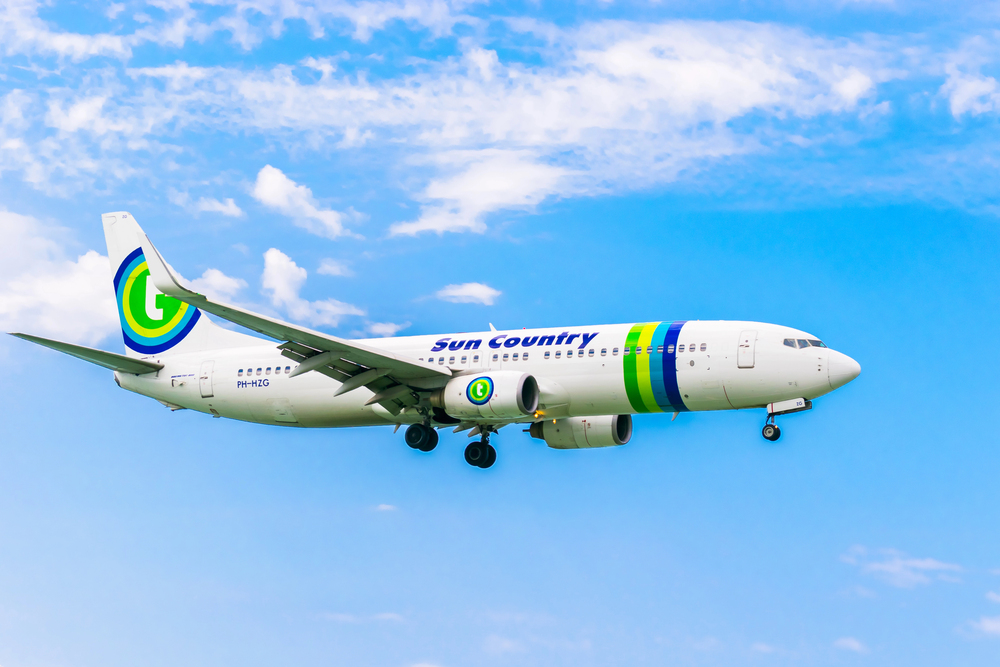
— Photo by debbieannpowell
Sun Country has rolled out Wi-Fi across their fleet with reasonable pricing that typically ranges from $5–$12 per flight, depending on distance. Their service handles video streaming surprisingly well, and the connection remains stable throughout most flights without those annoying dropouts. The airline has invested in newer satellite technology — which means fewer dead zones and more consistent speeds. It’s one of those pleasant surprises where a smaller carrier actually delivers better internet than some of the big players.
Avelo Airlines
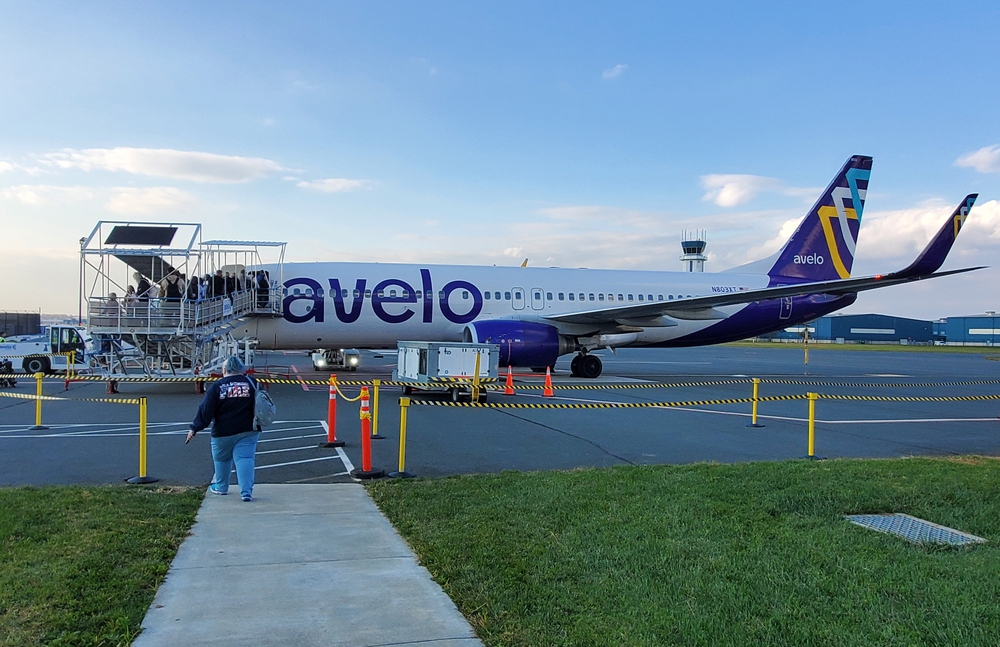
— Photo by khairil77
This newer budget airline launched with Wi-Fi as a standard offering — recognizing that modern travelers expect to stay connected. Their service is competitively priced and offers decent speeds for a low-cost carrier that’s still finding its footing. Avelo’s network covers the western United States, and their Wi-Fi performance has been consistently reliable since they started operations. They’ve basically built their service around the idea that affordable flights shouldn’t mean going dark for hours.
Breeze Airways
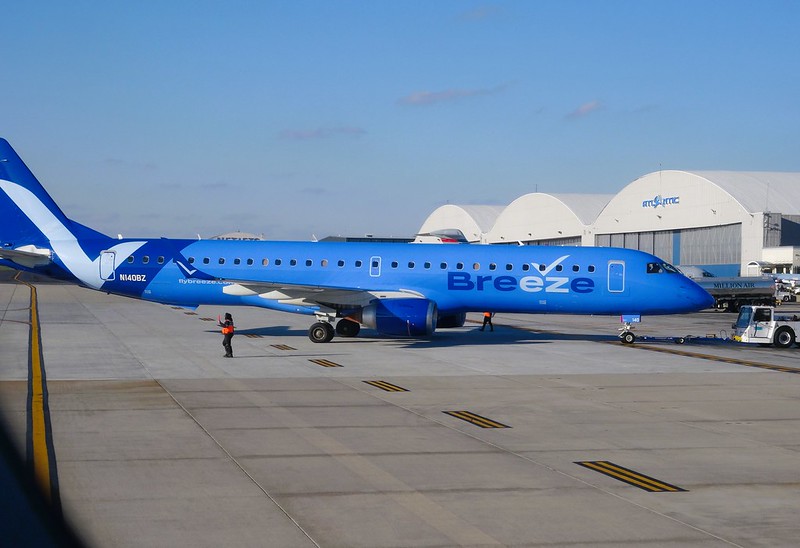
Breeze, founded by the same person behind JetBlue, offers Wi-Fi packages that are both affordable and functional for today’s connected traveler. Their service works well for business travelers who need to check emails or hop on quick video calls during flight — no more being completely unreachable. The pricing structure is straightforward, usually falling in the $5–$10 range depending on flight length and package type. They’ve positioned themselves as a customer-friendly alternative that doesn’t nickel and dime you for basic connectivity.
Alaska Airlines
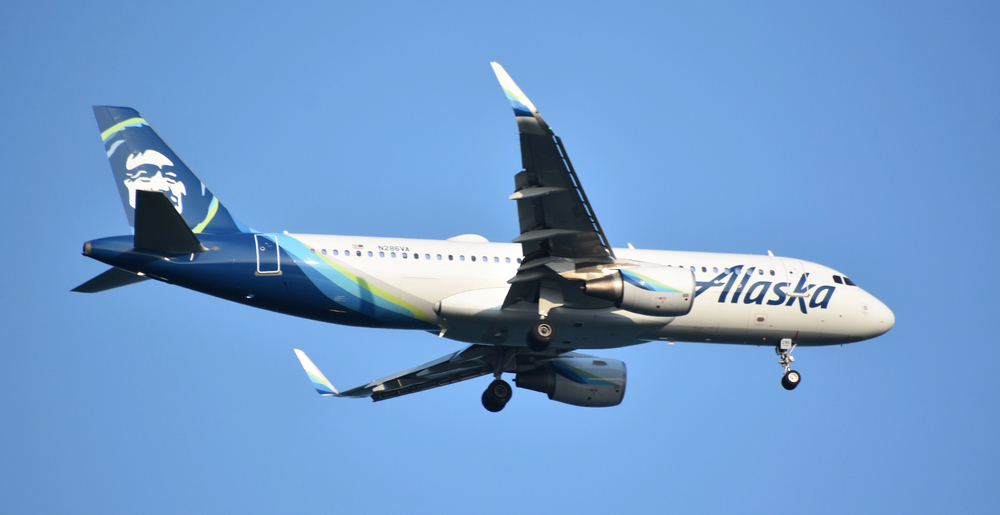
— Photo by sainaniritu
While not always considered a traditional budget carrier, Alaska Airlines offers competitive fares and excellent Wi-Fi service that punches above its weight. Their satellite-based internet is fast enough for streaming movies and video conferencing — with coverage across their entire route network. The pricing is reasonable, and they often run promotions that make the service even more affordable for frequent flyers. Think of them as the sweet spot between budget airlines and premium carriers when it comes to both price and internet quality.
Hawaiian Airlines
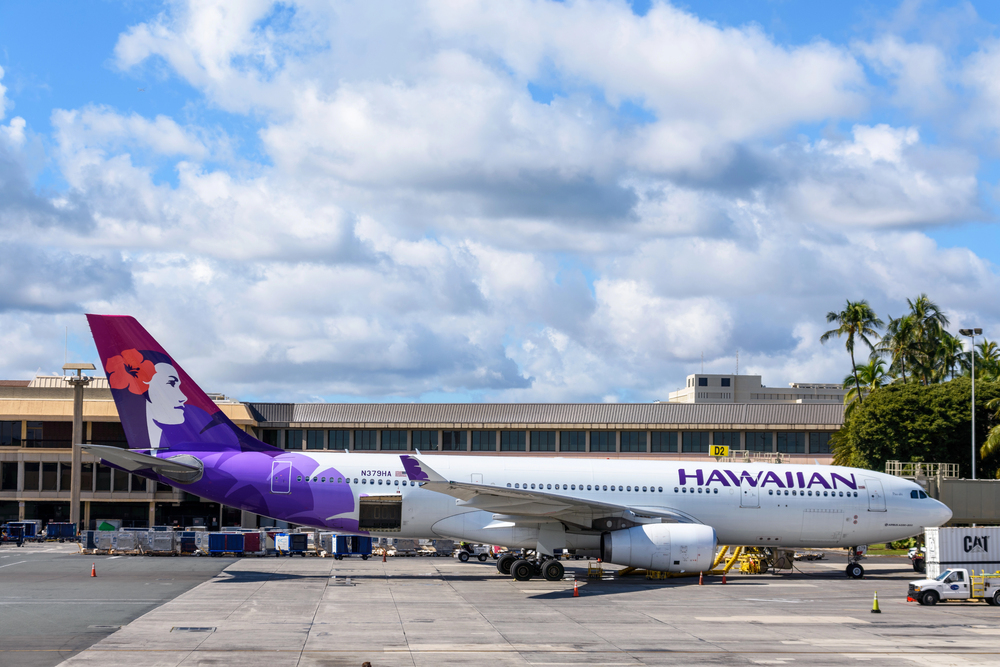
— Photo by MichaelVi
Hawaiian provides Wi-Fi on most of their fleet — which is especially valuable on those long trans-Pacific flights where boredom can really set in. Their service handles streaming and video calls well, though pricing can vary depending on flight duration and destination. The connection remains stable even during those epic five- to six-hour flights to the mainland, which is no small feat over the Pacific Ocean. It’s like having a digital lifeline that keeps you connected to the world while you’re literally in the middle of nowhere.
Volaris
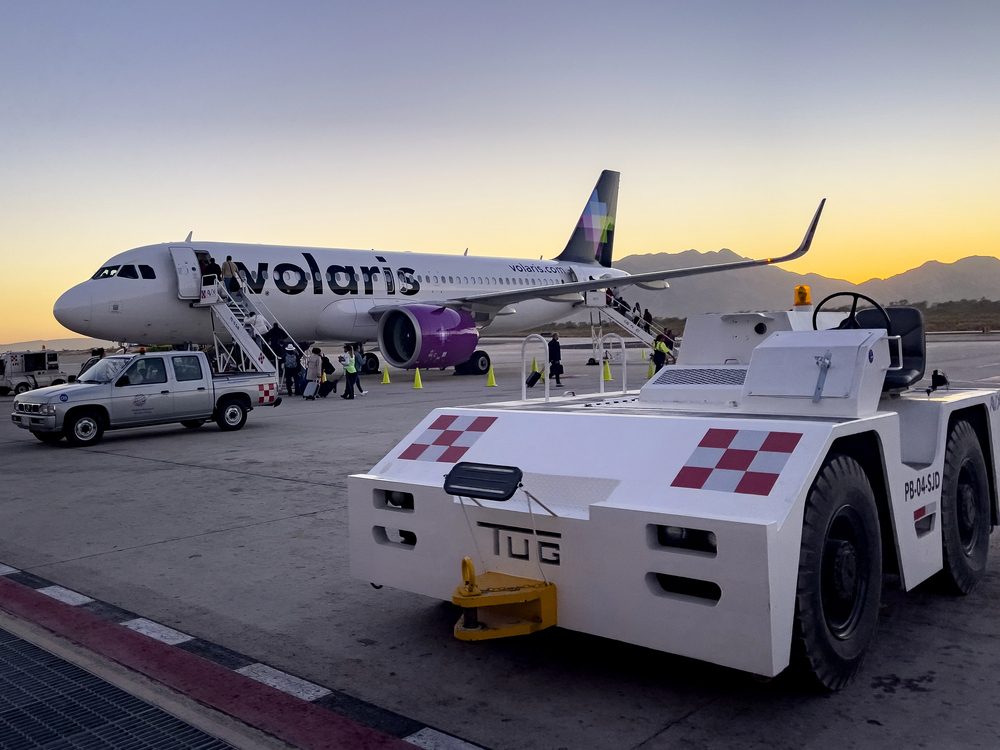
— Photo by Lifes_Sunday
This Mexican budget carrier offers Wi-Fi on many of their aircraft serving routes between Mexico and the United States. Their service is reasonably priced and works well for basic internet needs during cross-border flights, though don’t expect blazing speeds. The connection quality has improved steadily as they’ve upgraded their fleet and technology over recent years. For travelers heading to Mexico on a budget, it’s a nice bonus to stay connected without paying premium airline prices.
WestJet
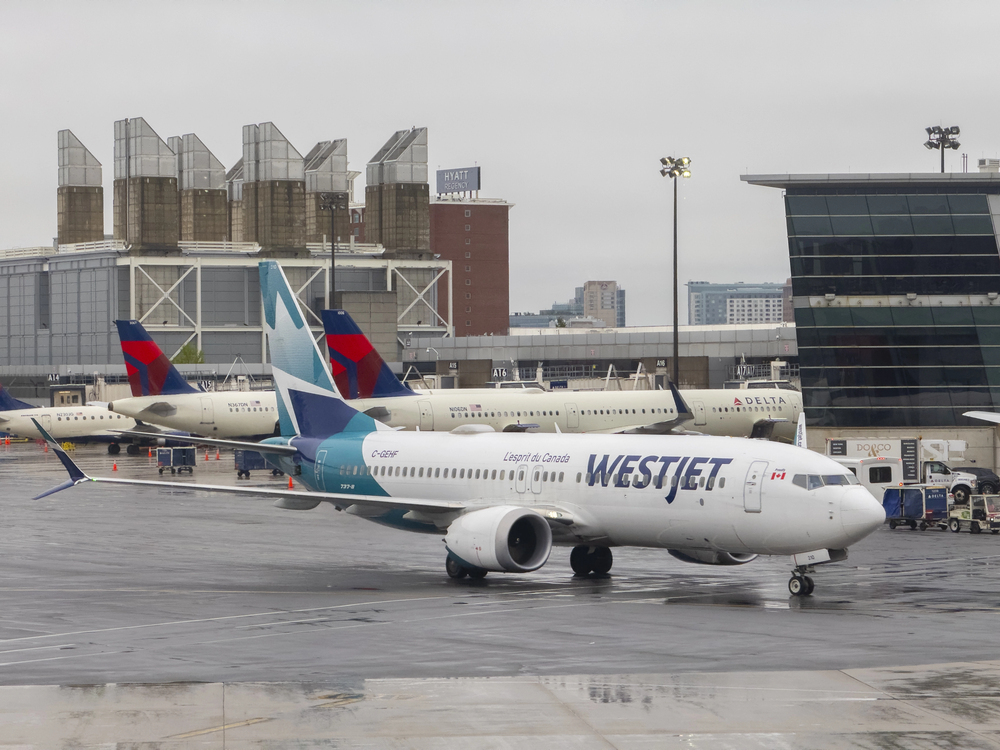
— Photo by jiawangkun
Canada’s major budget airline provides Wi-Fi across most of its fleet with pricing that’s competitive for North American carriers. Their service handles video streaming and business applications without major issues, making it popular with both leisure and business travelers crossing the vast Canadian landscape. The connection covers their extensive route network across Canada and into the United States. It’s reliable enough that you can actually get work done during those cross-country Canadian flights that seem to stretch on forever.
Porter Airlines
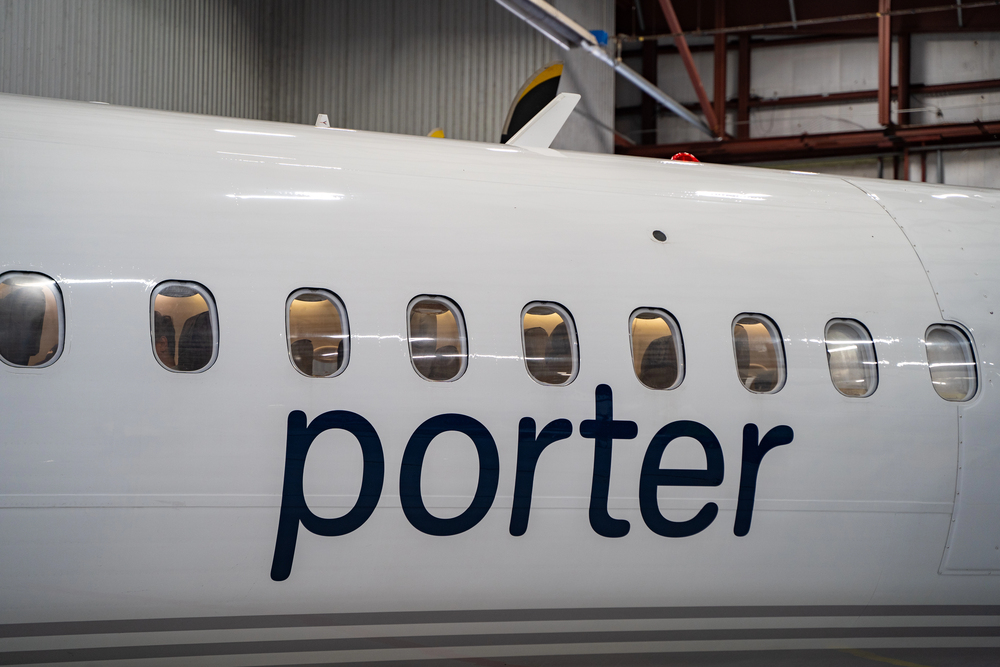
— Photo by egunes_
Porter offers Wi-Fi on their regional flights throughout eastern Canada and the northeastern United States, serving markets that larger carriers sometimes overlook. Their service is particularly valuable on longer routes where you might otherwise be disconnected for several hours at a stretch. The pricing is reasonable, and the connection quality is solid for a regional carrier operating smaller aircraft. They’ve managed to bring modern connectivity to markets that were often overlooked by larger airlines’ Wi-Fi rollouts.
Azul Brazilian Airlines
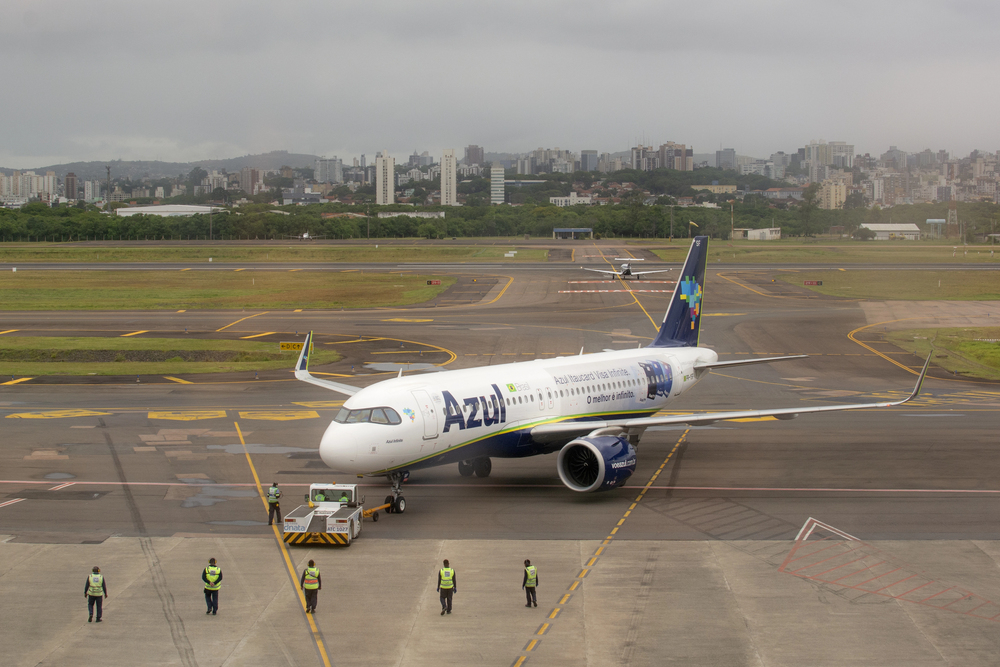
— Photo by alle2009
Azul provides Wi-Fi on many of their domestic Brazilian flights and some international routes throughout South America. Their service works well for travelers who need to stay connected during longer domestic flights within the continent, though speeds can vary. The pricing is competitive for the region, and they’ve been expanding Wi-Fi availability across more of their fleet steadily. It’s particularly useful for business travelers who can’t afford to be offline during those multi-hour flights between Brazilian cities.
Gol Airlines
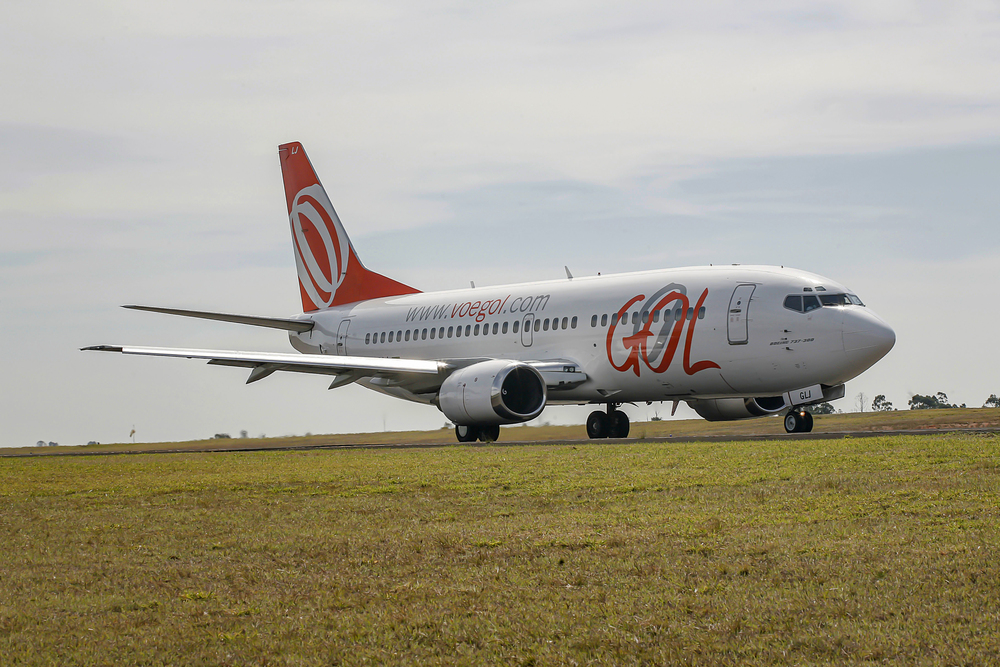
— Photo by casadaphoto
Another Brazilian budget carrier, Gol offers Wi-Fi packages on select aircraft serving their domestic and regional international routes. Their service handles basic internet browsing and email well, though streaming can be inconsistent depending on the flight and passenger load. The pricing is reasonable for South American standards, making it accessible for most travelers who need occasional connectivity during flight. Think of it as a solid backup option when you absolutely need to check in with the office or family during your journey.
Scoot Airlines
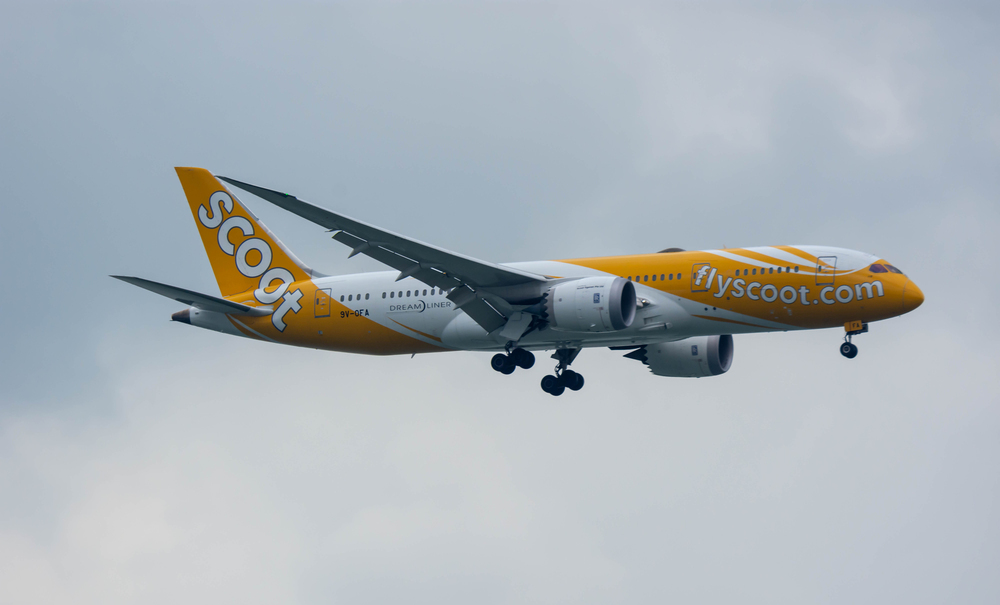
— Photo by bill.roque@yahoo.com
This Singapore-based budget airline offers Wi-Fi packages on its long-haul flights throughout Asia and beyond, covering some seriously long distances. Their service is particularly valuable on those lengthy flights between Asian cities where being offline for six to eight hours isn’t practical in today’s connected world. The connection handles video calls and streaming reasonably well, considering the distances involved in Asian aviation routes. For budget travelers exploring Asia, it’s a welcome amenity that keeps you connected across multiple time zones.
Cebu Pacific
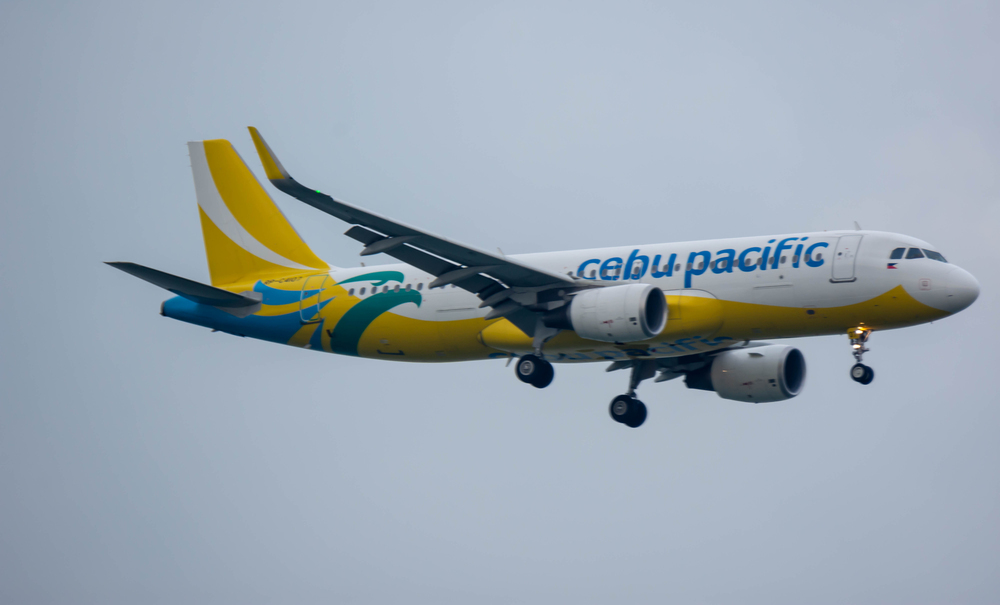
— Photo by bill.roque@yahoo.com
The Philippines’ largest budget airline provides Wi-Fi on many of its aircraft, serving domestic and international routes throughout Southeast Asia. Their service works well for staying in touch during island-hopping adventures throughout the region, where connectivity can be spotty on the ground anyway. The pricing is competitive for the area, and they’ve been steadily expanding Wi-Fi availability across their fleet. It’s especially handy when you’re flying between remote tropical destinations where reliable internet might be hard to come by.
Staying Connected While Flying Smart

The landscape of budget airline Wi-Fi has changed dramatically over the past decade — transforming from a luxury service to an expected amenity. These carriers have recognized that modern travelers don’t want to choose between affordable fares and staying connected, so they’ve invested in technology that delivers both without compromise. The competition among budget airlines has actually driven better Wi-Fi services and more reasonable pricing across the entire industry. Whether you’re flying for business or pleasure, you can now stay plugged in without emptying your wallet, making air travel more productive and enjoyable than it’s ever been before.
More from Travel Pug

- 20 Best Beach Towns in the Carolinas
- 13 Destinations Where Tourists Regularly Regret Their Trip
- 20 Things You Actually Get in First Class
- 20 Small Airports With Aviation Museums
- 20 Places in the U.S. That Are Perfect for a Reset Trip
Like Travel Pug’s content? Follow us on MSN.
